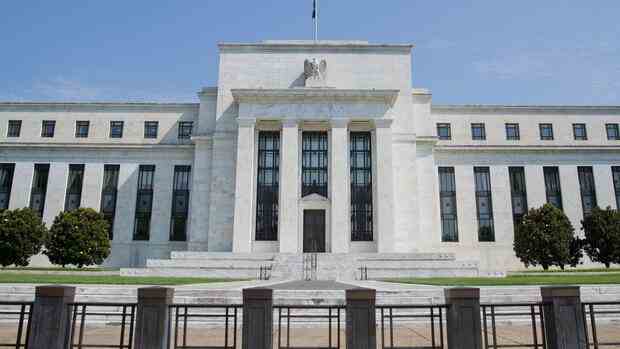Inflation is expected to ease, but will still require relatively tough monetary policy in 2023.
(Photo: dpa)
The inflation rate for November in the USA confirmed: price increases have passed their peak. With a price increase of 7.1 percent compared to the same month last year and 0.1 percent compared to the previous month, there is a slowdown – and justifies the hope of an end to the long-term crisis that began in 2020 with the outbreak of Corona and received new impetus with the Ukraine war. With a delay, this should also apply to Europe, where inflation also started later.
In retrospect, one will say: 2022 was the year of inflation. 2023 will likely be the year of recession, especially in war-torn Europe. But what happens then?
It is now crucial to look beyond the current crisis. However, predictions are more difficult than ever. Economic models have failed to predict inflation and remain uncertain, especially against a background of political risk. It might help, however, to note at least a few key points.
First of all: What are the causes of today’s crisis and how persistent will they be? Covid was the first trigger of inflation, which led to tighter monetary policy and thus higher interest rates and price collapses. Covid has not been overcome, but it is already clearly losing its effect.
Top jobs of the day
Find the best jobs now and
be notified by email.
Delivery bottlenecks and, above all in the USA, generous financial aid for households were then decisive for inflation. Both are normalizing, apart from energy in Europe, where high risks remain. But it is foreseeable that consumers have used up state subsidies and savings from the times of the Covid lockdowns.
However, higher government debt remains as a longer-term burden
Now let’s look ahead: Inflation is expected to ease, but will still require a relatively tough monetary policy in 2023. The problem should become less noticeable in the medium term. However, higher government debt remains as a longer-term burden, which has to be financed with higher interest rates. This limits governments’ fiscal leeway to react to recessions or weak economies.
Then look even further ahead: It is characterized by further geopolitical tensions, increased arms spending, costs for the conversion of the economy to climate neutrality and, especially in Germany, an ever-increasing shortage of skilled workers. Translated, this means: rather higher real interest rates, rather at least slightly higher inflation than before 2020. But that would also be a normalization after the long years of stagnation before.
Monetary policy could simply become boring under these circumstances – and that would be a good thing.
More: Olivier Blanchard on inflation and recession
